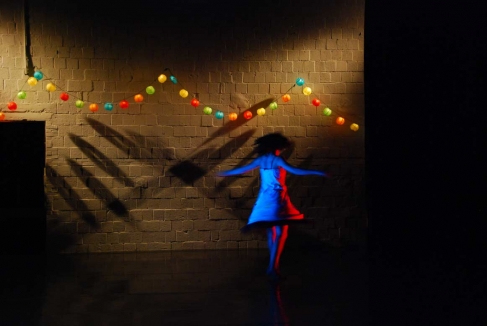Developing Affordable Space for Artists: A Summary of Development Projects Funded by the Local Initiatives Support Corporation (LISC)
LINC, LISC, Urban Institute, Community Partners Consultants
This report documents ways in which the Local Initiatives Support Corporation (LISC) had supported the development of artist space prior to 2004. The report highlights the unique conditions under which artists work, and how these conditions can make artists valuable to their communities. It describes 11 LISC-funded artist space developments, which represented more than 400,000 new square feet of development, 170-plus new units of artist workspace, and more than $40 million in public and private funding. These projects were all developed by local affiliates of LISC in response to local opportunities. The report illustrates a variety of strategies for nonprofit organizations to plan, finance, and develop such spaces; and details how community-based developers forged collaborations, solved problems creatively and effectively, and made the most of limited resources.
Extracts
Vibrant communities thrive on the energy, diversity, and creativity of their residents, businesses, and cultural organizations. The arts and cultural activities play a vital, symbiotic role in the development of a healthy community. It is clear that arts organizations and artists themselves have been a driving force in the revitalization of many communities. Further, the arts can bring social acceptance and understanding to disparate communities.
The intent of this summary is to provide examples of artist space projects created by community-based developers across the country. Responding to the complex, diverse needs of the community and creating new solutions are skills learned by necessity and invention by people working in both community development and the arts. These activists have impressive skills in common and are adept at:
- Making the most with limited resources by working financial magic, often from necessity.
- Being extremely creative problem solvers, whether creating new programs, developing strategies to make housing affordable, or presenting multi-disciplinary, complex exhibitions or performances in inadequate spaces and limited funds.
- Forging collaborations—including unusual private/public sector partnerships—to get the job done, and engaging people new to an issue, both of which create long-term results for the community and the individuals involved.
[. . . ]
Overall Recommendations:
- Connecting with the surrounding community and with the targeted artist community early on in the project has proved to be critical to project success.
- Most projects benefit from having a mechanism in place to facilitate making connections between artists seeking space and developers experienced in providing it.
- Because many of these projects are juggling multiple funding sources, they need resources that help them manage their financing, as well as those that help them identify relevant funding sources.
- More projects are needed that meet the needs of performance artists, whose needs differ greatly from those of visual artists. Performance spaces need to conform to different codes than gallery spaces, and may attract different audiences.
- Organizations need examples of successful artist-space projects that they can present to banks and other funding agencies to demonstrate the potential markets for their products.
- Partnerships have played a key role in many project successes. Resources to facilitate building partnerships around artist-space projects would be highly valuable.

